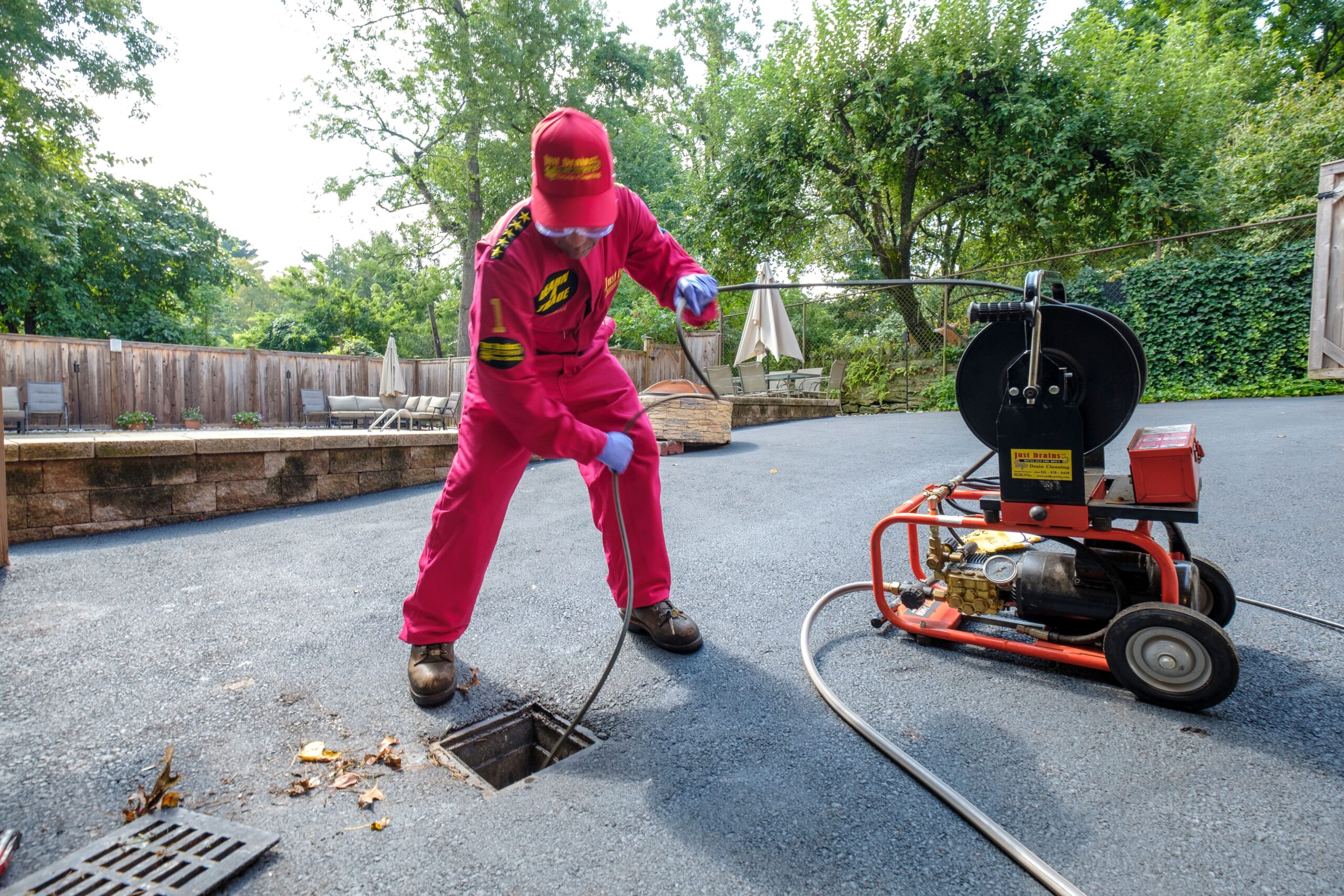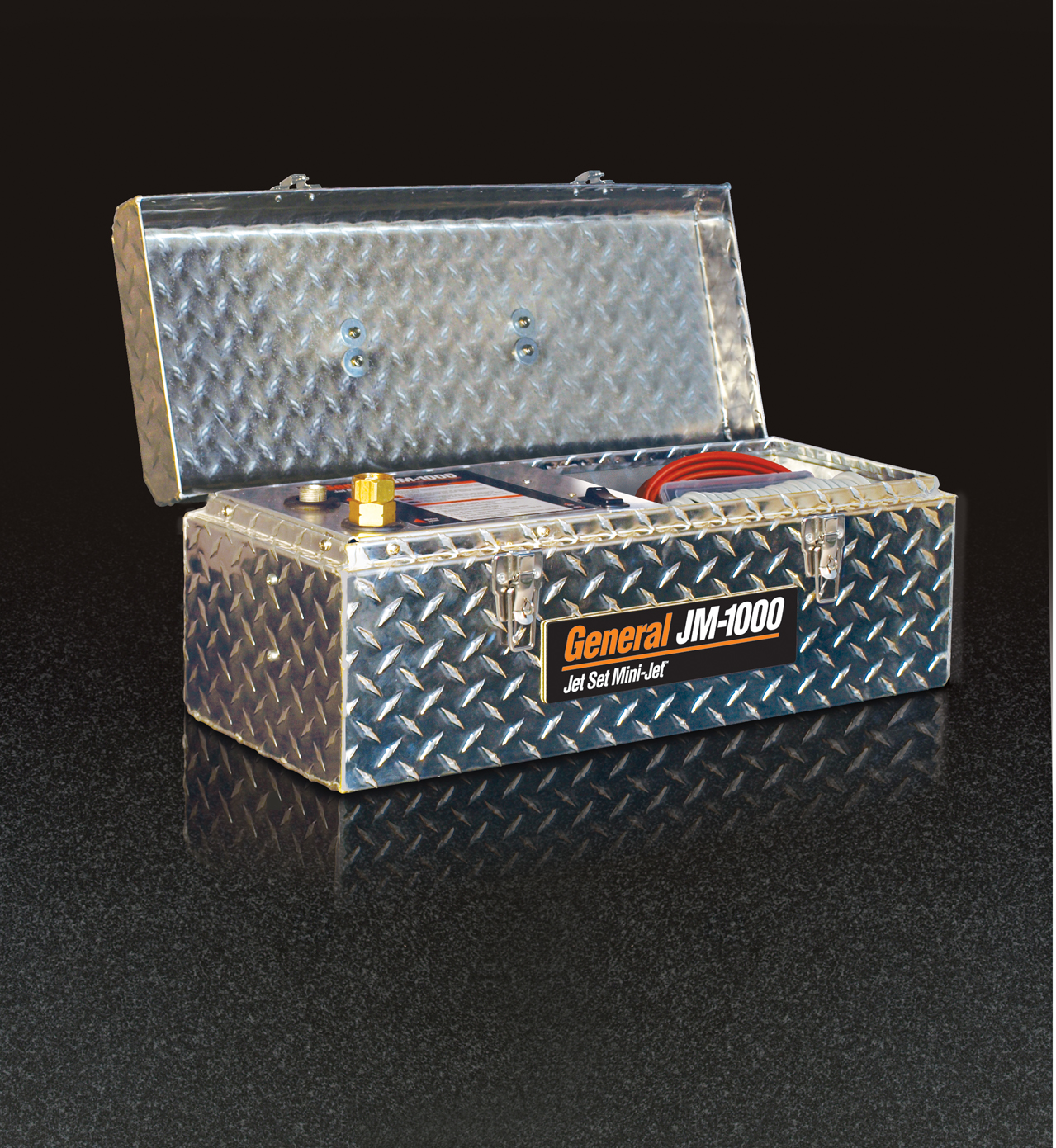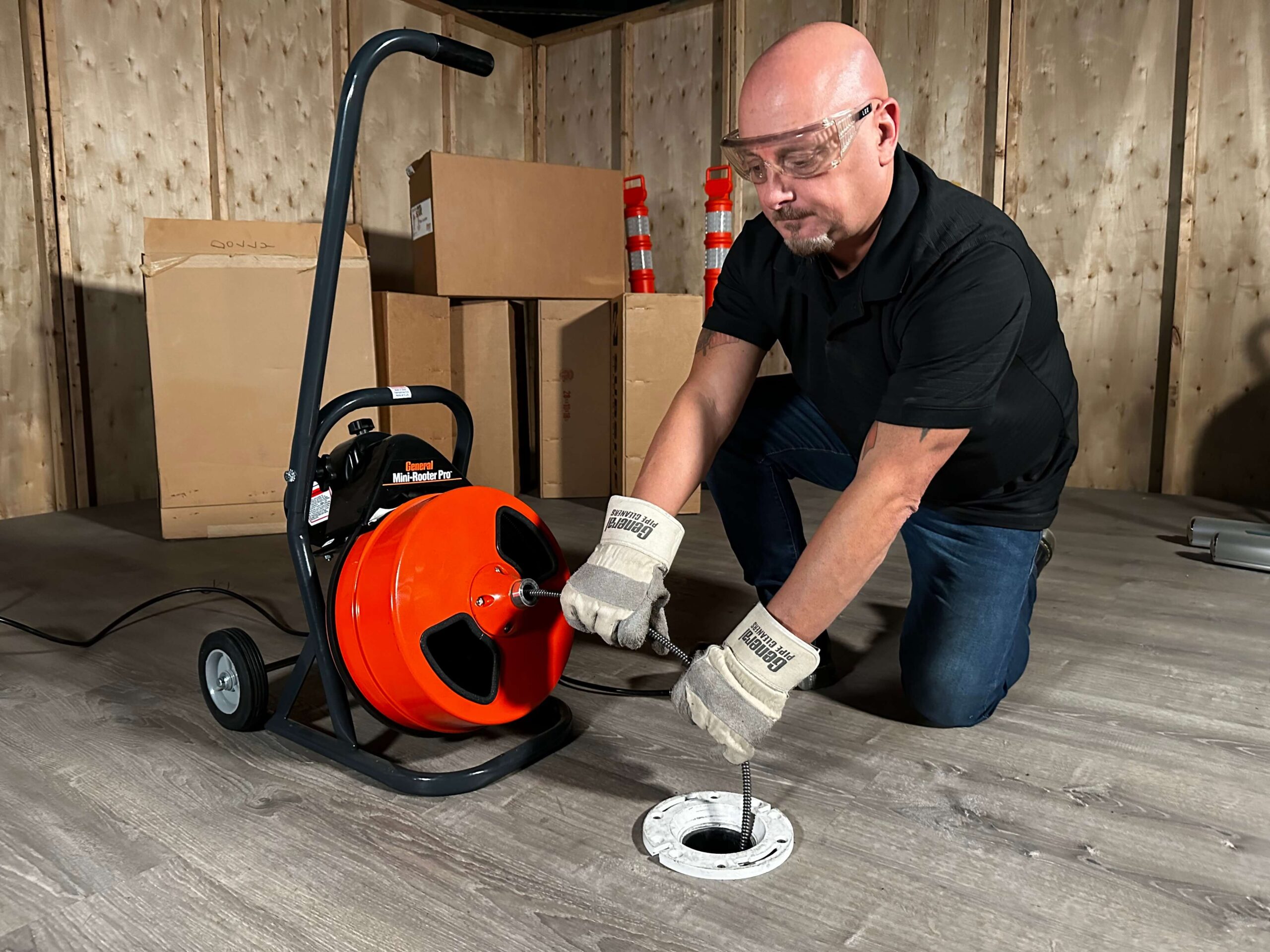In this four-part series, we are taking a look at what you need to know about drain cleaning. We have already touched on selecting the right tools for the job, what your employees should know when you train them and local regulations. In this final part of the series, we let you know mistakes you should avoid when drain cleaning.
Mistakes to Avoid
Don’t break your stuff!
Let’s face it, drain cleaning is hard enough without having to deal with equipment failures! When a drain cleaning machine breaks on the job it can be dangerous, expensive, and an enormous waste of time.
General has been in business for nearly a century and we’ve noticed that some contractors suffer far less equipment failures than others. So, what is their secret?
It’s pretty simple really. Contractors who are patient and careful on the job, and who practice preventative maintenance after every job tend to break their stuff less often. Funny how that happens. In addition, we find that investing in more durable equipment pays off in longevity. Common sense, right? But there is more. Contractors who break their stuff less tend to make better decisions and have better work habits on the job. So, let’s talk about practical things that you can do every day to prolong the life of some of the most common drain cleaning equipment being used in the field.
Caring and feeding for your snake.
One of the most common drain cleaning devices is the drum style cable, or snake machine. We’ve met contractors who have used this style of machine every day for a decade and not broken a cable. What’s their secret? First, they don’t force the cable down the drain. They let the rotation of the snake do the work. They use it like a drill, not a battering ram. Also, after every job, they drain the water out of their drums and then spray or pour Snake Oil or some other sort of lubrication into the drum and rotate it for a minute so that the oil becomes evenly distributed on the cable. What kills cables fastest? Rust, acid, and strong bases. Water is everywhere in a sewer, and your customer probably poured Drano or some other similar substance down the pipes before you got there. All of these products can weaken the molecular structure of your cable and make them more likely to break and kink. Always use Snake Oil or some similar lubricant on your cable after a job to preserve and protect.
Cutters.
We have found over the years that people tend to use too large a cutter for the job, and this can lead to lost and broken cutters as well as kinked cables. We recommend starting with a smaller cutter, perhaps a spearhead or arrowhead cutter, or one of General’s ClogChoppers; something that will negotiate the twists and turns of the pipe and at least poke a hole through the obstruction. When you get the water moving again, then go down the drain with a larger cutter, perhaps a U-Cutter or Side Cutter Blade to scrape the sides of the pipe and finish the job. If you think that the obstruction may be due to a root incursion, begin with a saw blade that is considerably smaller than the diameter of the pipe. Again, after you get the water moving, then go back in with a larger sawblade to finish the job. By starting small, you can do a better job, reduce the number of cutters that break, and preserve the life of your cable.
Jetter Hose.
Most jetter hoses have a plastic, or rubber plastic composite coating. Although this gives them the flexibility to do their job, it makes them susceptible to cuts and abrasion. Take care to keep them away from sharp edges, even before they go down the drain! We have seen many hoses returned to our factory that were cut coming around the corner several feet away from the clean out or drain. Be aware of your surroundings. Also, be careful not to scrape the hose as you feed it down the pipe. The rough edges on Cast Iron pipes can be very unforgiving to jetter hose. General sells a small plastic adjustable sleeve designed to fit into the drain and smooth the way for both jetter hose and camera system pushrods. We recommend using something like this whenever the entry point of the pipe has a rough edge that could possibly cut or make an abrasion.
Camera System Pushrods.
Because of how expensive they can be to repair, learning how to safely use your pipe inspection pushrod can have a huge impact on your bottom line.
There are two main ways that pushrods get damaged. First, they can be cut, scraped or suffer abrasions similar to Jetter hose. Although the outside coating on most pushrods is much tougher than a jet hose, we see cuts and slices in our repair shops all the time. These cuts and abrasions can lead to bigger problems that can be quite expensive to repair. To avoid cutting or slicing your pushrod, first always make sure that the operator has eyes on the monitor. Do not push the camera head past any jagged pieces of damaged pipe or sharp obstructions. Keeping your eyes on the monitor will also cut down on damage to camera heads due to smashing them into solid obstructions in the pipe. Do not use your camera system as a drain cleaning tool! Also, remember to use the same adjustable plastic sleeves that we sell for jetters to give your pushrods access into the drain lines.
The second major way pushrods can be damaged is by kinking. A kinked pushrod usually requires a re-termination to repair, which can be anywhere from $200 to $500. Kinking is usually the result of forcing a pushrod down the line. We recommend using short fast motions instead of prolonged pressure to bounce pushrods around bends. Keep one hand low, close to where the pushrod is entering the pipe. And most importantly, slow down! Keep your eyes on the monitor, don’t force and slow down. These are the lessons that we repeatedly hear from contractors who never break their equipment!
You might have noticed that there are common threads running through all our suggestions:
- Slow down! A drain cleaner machine is not just another tool, nor is your inspection equipment. These are money-making machines! Please treat them with respect.
- Have situational awareness. Every job and job site is different for each plumber or contractor, look around and adjust accordingly.
- Do preventative maintenance immediately after every job!
We understand that ‘time is money’ and every day ends up feeling like a race to bill as much work as possible. But how often do you break a drain cleaning cable? When you do break a drain snake, or an auger, what do you do? Do you fix them in the field, or take them back to the shop? How much time and money is really lost by your company because of equipment failures every year? If you’re dealing with blockage and build-up in a sewer line or fixing a drain clog, you don’t want faulty tools or equipment on your side. Instead, you want the toughest, most dependable tools on the market.
Think of it this way; how much time and money would it save your company if you only broke half as many power tools, hand tools, and plumbing tools per year? Half as many jetter hoses? Half as many pushrods, sewer snakes, and toilet augers? Would the extra time spent on each job pay for itself? Do the math for yourself and see what you find.
Questions? Call the Drain Brains at 800-245-6200.





